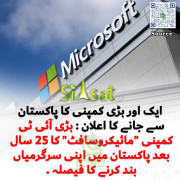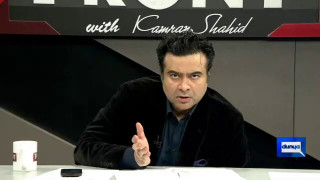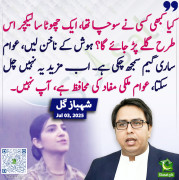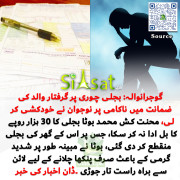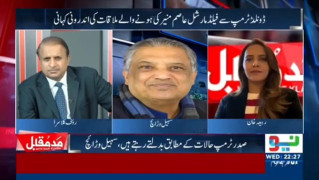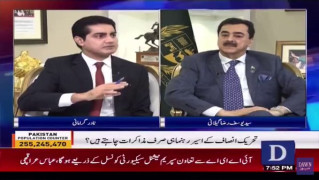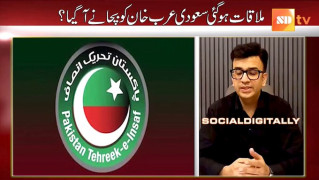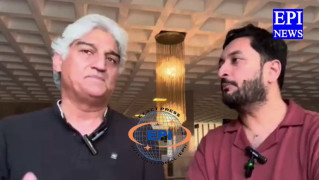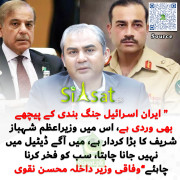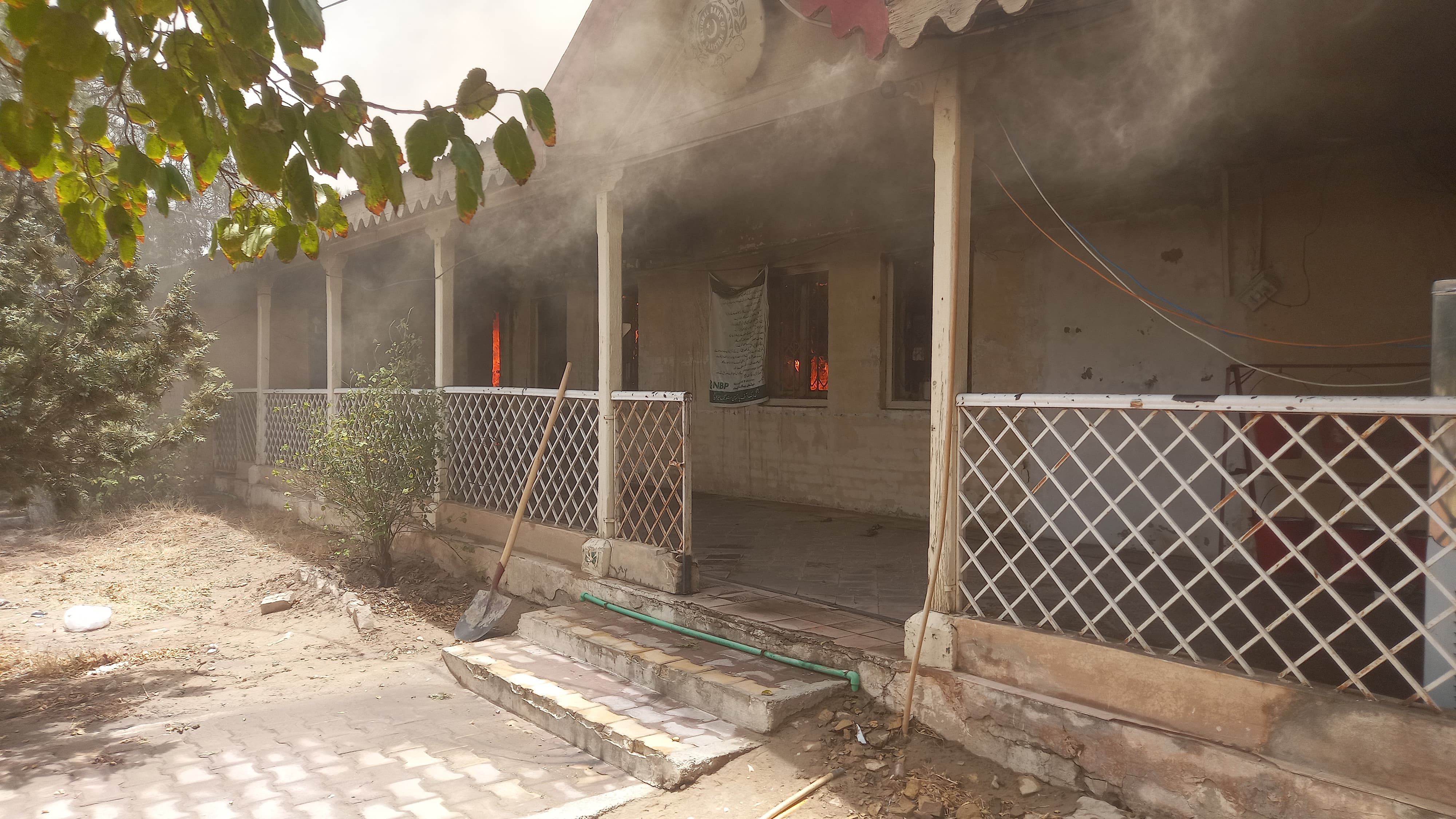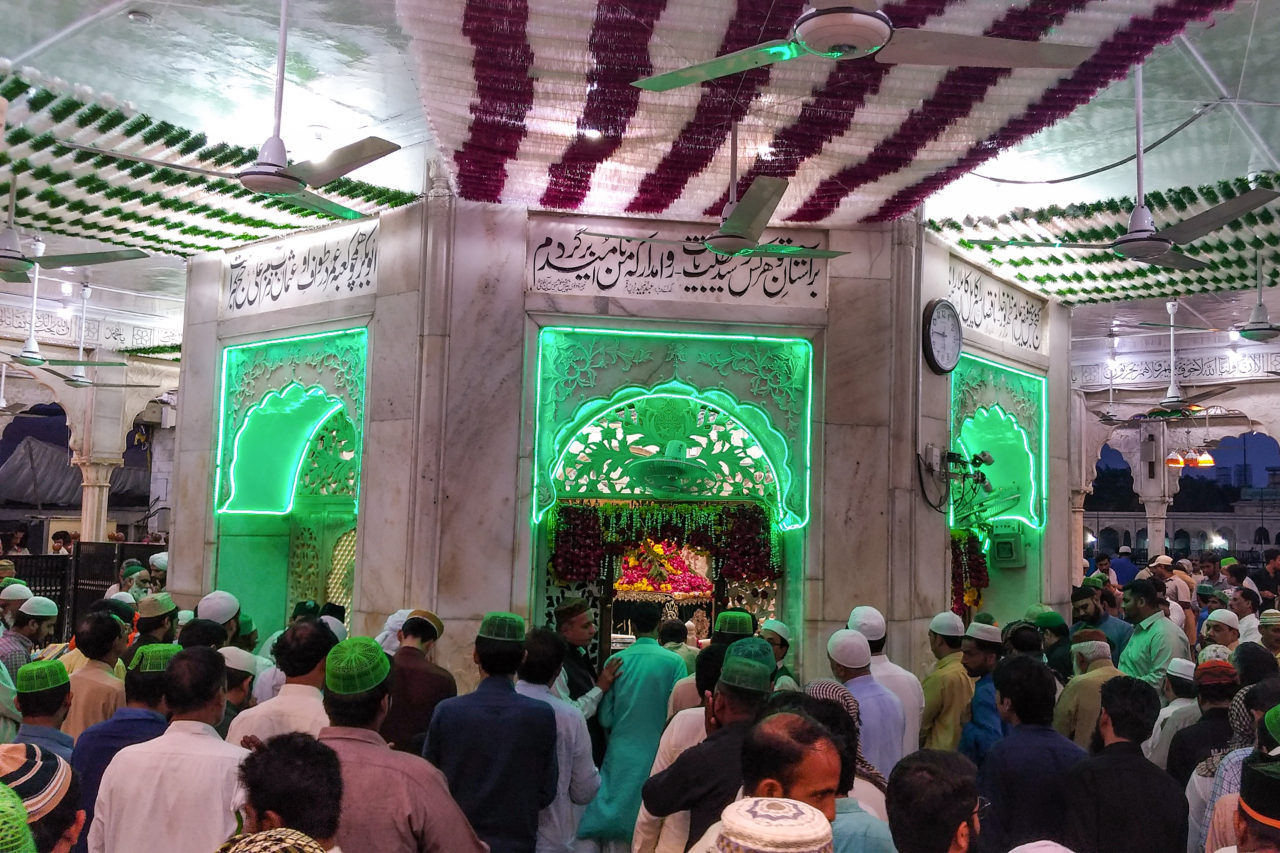moazzamniaz
Chief Minister (5k+ posts)
Once upon a time in Pakistan: Pakistan struggles to avoid collapse- 1948 Life Magazine
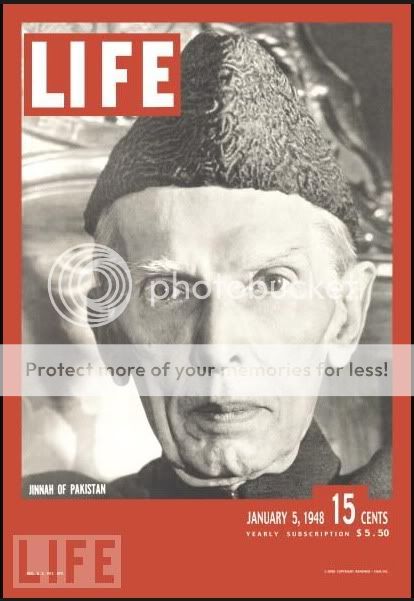
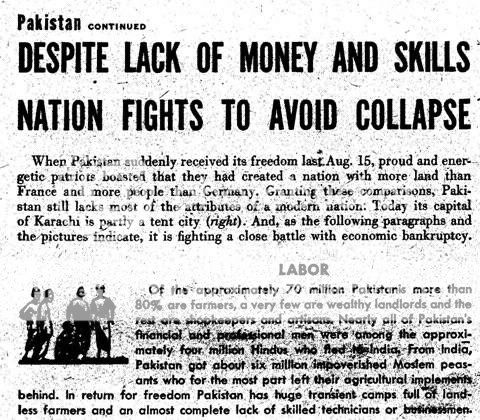
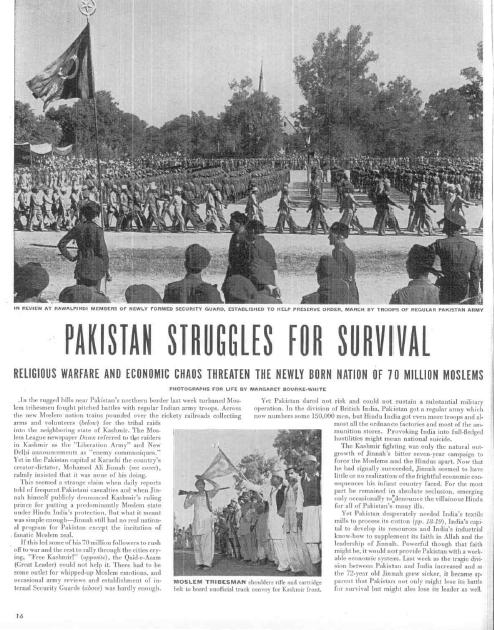
Adil Najam
A few years ago a friend gave me a wonderful gift. A copy of the January 4, 1948 issue of LIFE magazine. This is the issue with a rather unflattering portrait of a clearly ailing ‘Jinnah of Pakistan’ on its cover.
For most part the cover story – with pictures by Margaret Bourke-White – is as unflattering as the picture of Mr. Jinnah on the cover. Margaret Bourke-White is an important chronicler of the events of 1947 and beyond in both India and Pakistan. She has strong views on these events, including on the creation of Pakistan and on Mohammad Ali Jinnah. These views, also reflected in the LIFE article, are much discussed and sometimes debated in academic and popular treatise. These are not the subject of this post.
What has always fascinated me much more, and what I want to talk about today, are the pictures and accounts of everyday life in Pakistan at its birth. How severe were the existential challenges of survival the country faced at that time. How much has changed. And how much has not.
This being LIFE, the real story is in the pictures much more than in the text. My favorite picture is the one on the right. The caption reads:
“MODERN PAKISTAN WOMEN are symptomatic of the progress the new nation is struggling to make. Here, led by Zeenat Haroon, young members of the Sind province Women’s National Guard meet to practice the use of the bamboo lathi in self-defense. But most Pakistan women still prefer the old custom, even to the veiled face.”
Personally, I am not a fan of laathi-wielding women; or men. However, the look of confidence on young Zeenat Haroon’s face is priceless; and the gist of the caption remains true today.
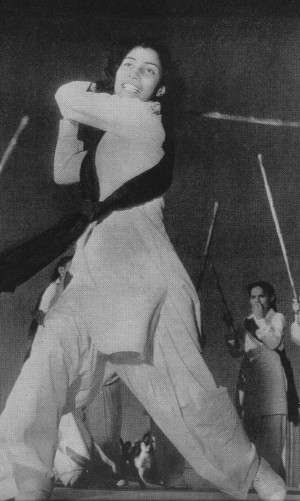 Another interesting photograph shows how college co-education was managed. The caption reads:
Another interesting photograph shows how college co-education was managed. The caption reads:
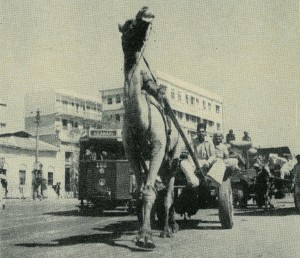 Another picture in the cover-story depicts the realities that this analysis is pointing towards. The caption reads:
Another picture in the cover-story depicts the realities that this analysis is pointing towards. The caption reads:
Ms. Margaret Bourke-White was probably not the only one surprised by this fact. Unfortunately, this makes thinking about all the mistakes we have made since then only that much more painful.
P.S. Complete article and more photos of early days of Pakistan in the Life Magazine can be accessed at these links
http://xa.yimg.com/kq/groups/10007950/713373788/name/Life+Magazine+Jan+20,+1948+ver+2.pdf
LIFE - Google Books



Adil Najam
A few years ago a friend gave me a wonderful gift. A copy of the January 4, 1948 issue of LIFE magazine. This is the issue with a rather unflattering portrait of a clearly ailing ‘Jinnah of Pakistan’ on its cover.
For most part the cover story – with pictures by Margaret Bourke-White – is as unflattering as the picture of Mr. Jinnah on the cover. Margaret Bourke-White is an important chronicler of the events of 1947 and beyond in both India and Pakistan. She has strong views on these events, including on the creation of Pakistan and on Mohammad Ali Jinnah. These views, also reflected in the LIFE article, are much discussed and sometimes debated in academic and popular treatise. These are not the subject of this post.
What has always fascinated me much more, and what I want to talk about today, are the pictures and accounts of everyday life in Pakistan at its birth. How severe were the existential challenges of survival the country faced at that time. How much has changed. And how much has not.
This being LIFE, the real story is in the pictures much more than in the text. My favorite picture is the one on the right. The caption reads:
“MODERN PAKISTAN WOMEN are symptomatic of the progress the new nation is struggling to make. Here, led by Zeenat Haroon, young members of the Sind province Women’s National Guard meet to practice the use of the bamboo lathi in self-defense. But most Pakistan women still prefer the old custom, even to the veiled face.”
Personally, I am not a fan of laathi-wielding women; or men. However, the look of confidence on young Zeenat Haroon’s face is priceless; and the gist of the caption remains true today.

MOSLEM COLLEGE in Karachi represents an effort to reduce Pakistan illiteracy rate of 97%. Girls in background are seated out of boys’ view to preserve their modesty.

Much of the article is in the context of the politics of the, then, emerging Kashmir conflict. The main thesis is, however, clear:
“Last week as the tragic division between Pakistan and India increased and as the 72-year old Jinnah grew sicker, it became apparent that Pakistan not only might lose its battle for survival but might also lose its leader.”
The author obviously believed that the country would not survive. One should, however, not be too harsh on her for that judgment. The analytical facts and the weight of ‘informed’ opinion were on her side and it was not an uncommon, nor unreasonable, opinion to hold at that time. For example, the analytical fulcrum of the write-up is a half-page section titled “Despite Lack of Money and Skills Nation Fights to Avoid Collapse.”
“When Pakistan suddenly received its freedom last Aug. 15, proud and energetic patriots boasted that they had created a nation with more land than France and more people than Germany. Granting these comparisons, Pakistan still lacks most of the attributes of a modern state.”
The section then goes on to indicate how Pakistan was “fighting a close battle with economic bankruptcy” in six key areas: Labor, Food, Raw Materials, Industry, Transportation and Finances. A few of these are reproduced here:
“Labor: Of the approximately 70 million Pakistanis more than 80% are farmers, a very few are wealthy landlords and the rest are shopkeepers and artisans. Nearly all of Pakistan’s financial and professional men were among the approximately four million Hindus who fled to India. From India, Pakistan got about siz million impoverished Moslem peasants who for the most part left their agricultural implements behind. Pakistan has huge transient camps fll of landless farmers and an almost complete lack of skilled technicians or businessmen.”
“Industry: …At present in all of Pakistan there are only 26,000 workers employed in industry. She has no big iron and steel centers, only 34 railway repair shops, no match factories, no jute mills, no paper mills and only 16 cotton mills against India’s 857…”
“Transportation: In all the 370,000 square miles of Pakistan there are only 7,260 miles of railway and only 9,575 miles of paved roads. There are an estimated 53,000 miles of dirt roads and trails… Pakistan has had difficulty in getting enough coal to keep the railways running and even then has had to pay about three times teh normal price per ton In September alone the country lost more than $10 million on railway operations.”
“Finances: Pakistan’s financial troubles are compounded out of her political, trade and industrial failures. At the time of the division Hindu businessmen took out all the gold bullion, jewels and other liquid assets they could carry with them. With normal trade cut off by the rioting and use of railroads for refugees, Pakistan’s income probably will not exceed 450 million rupees for the current year against almost certain expenditures of 800 million. Officials talk hopefully of foreign investment or loans, but in Pakistan’s present condition the risks are not very attractive.”
“Industry: …At present in all of Pakistan there are only 26,000 workers employed in industry. She has no big iron and steel centers, only 34 railway repair shops, no match factories, no jute mills, no paper mills and only 16 cotton mills against India’s 857…”
“Transportation: In all the 370,000 square miles of Pakistan there are only 7,260 miles of railway and only 9,575 miles of paved roads. There are an estimated 53,000 miles of dirt roads and trails… Pakistan has had difficulty in getting enough coal to keep the railways running and even then has had to pay about three times teh normal price per ton In September alone the country lost more than $10 million on railway operations.”
“Finances: Pakistan’s financial troubles are compounded out of her political, trade and industrial failures. At the time of the division Hindu businessmen took out all the gold bullion, jewels and other liquid assets they could carry with them. With normal trade cut off by the rioting and use of railroads for refugees, Pakistan’s income probably will not exceed 450 million rupees for the current year against almost certain expenditures of 800 million. Officials talk hopefully of foreign investment or loans, but in Pakistan’s present condition the risks are not very attractive.”

“ONE CAMEL TOWN” would be a good description of Karachi in terms of world capitals. Although the city has some modern transport, communications are inadequate.”
By way of conclusion, let me just say that I have never believed that being dealt a bad hand at birth is any excuse for all the ways that we have messed up our political and economic affairs since then. Having said that, as I re-read the LIFE issue today, I could not help thinking that the country survived those early years despite all the odds was no mean achievement.
Ms. Margaret Bourke-White was probably not the only one surprised by this fact. Unfortunately, this makes thinking about all the mistakes we have made since then only that much more painful.
P.S. Complete article and more photos of early days of Pakistan in the Life Magazine can be accessed at these links
http://xa.yimg.com/kq/groups/10007950/713373788/name/Life+Magazine+Jan+20,+1948+ver+2.pdf
LIFE - Google Books
Last edited:


